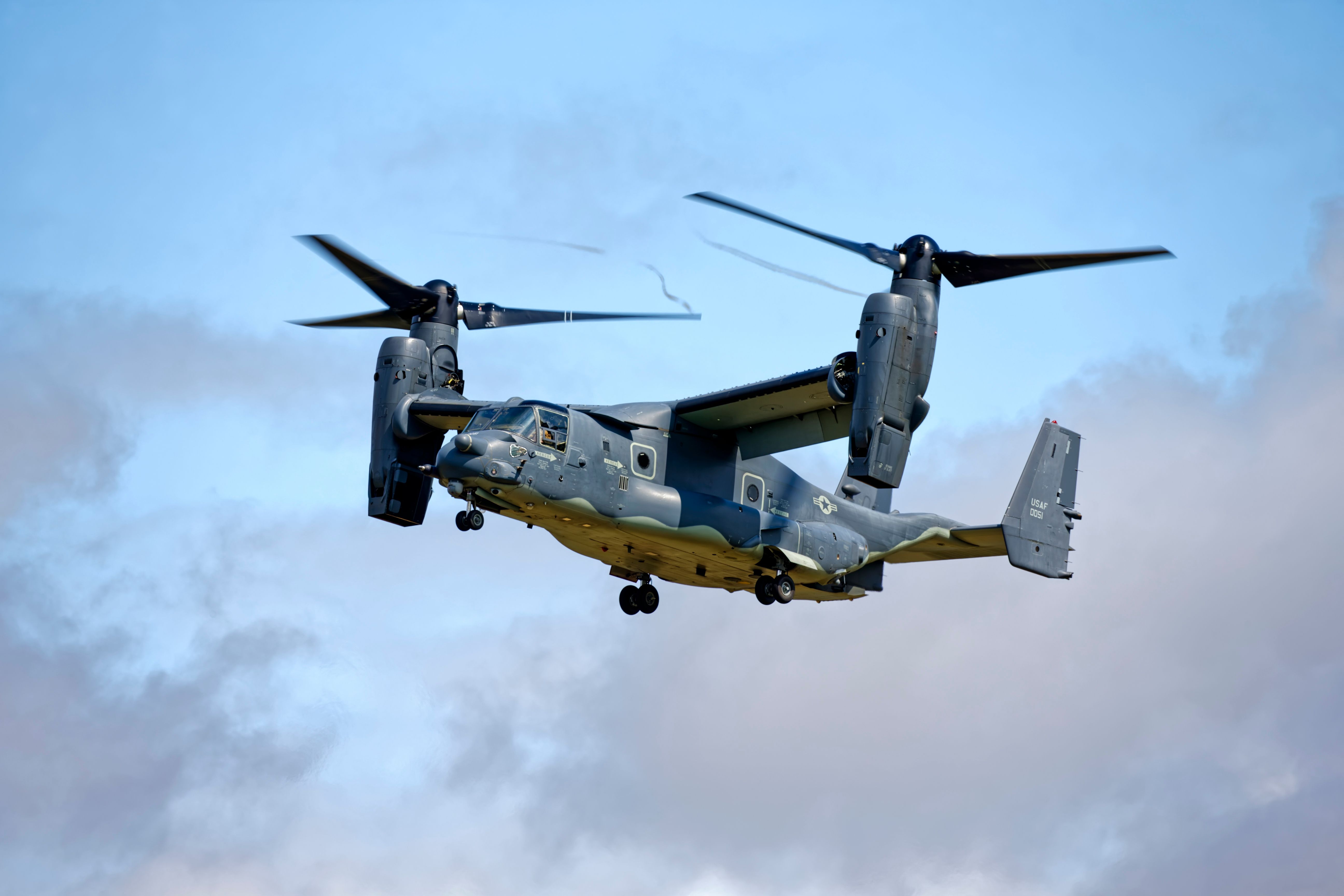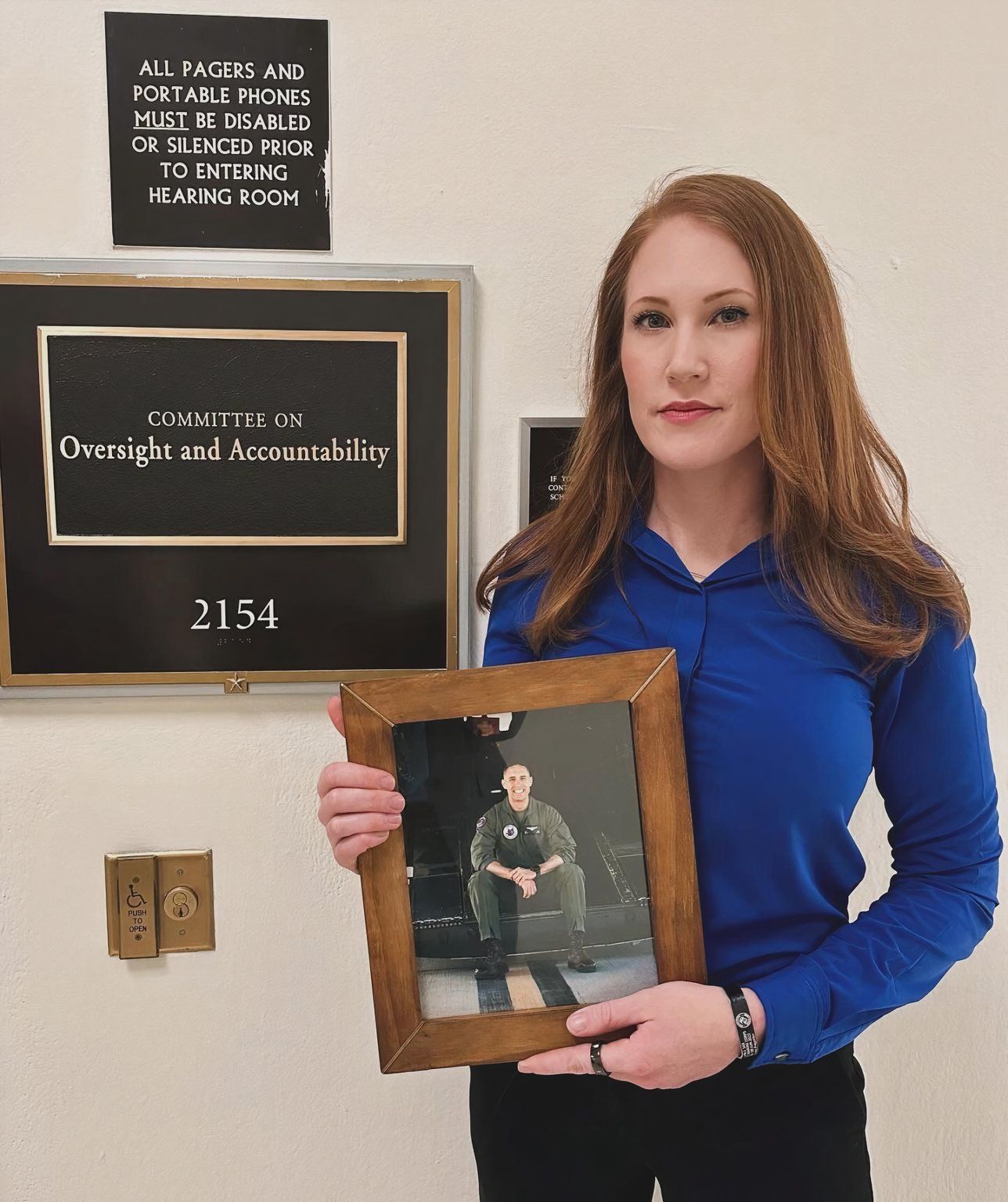Summary
- Hard clutch issues in V-22 Osprey cause Class A mishaps with costly replacements for the military.
- 64 US servicemembers have died in V-22 crashes, with 93 injured, leading to 19 hard clutch events in 2022.
- The new clutch design, expected to be fielded by mid-2025, will lift current restrictions on the V-22 fleet.
Recent news is that the worldwide Bell Boeing V-22 Osprey fleet will have requirements to restrictions until mid-2025 to preserve Ospreys with their precious cargo. On Thursday, the US House of Representatives Committee on Oversight and Accountability held a hearing titled, “Addressing Oversight and Safety Concerns in the Department of Defense’s V-22 Osprey Program.”
Hard clutch causing V-22 Osprey Class A Mishaps
At the crash investigation hearing, US Navy Vice Admiral Carl Chebi, Commander of US Naval Air Systems Command – also known as NAVAIR – spoke to Congress about growing safety concerns around the V-22 Osprey. Vice Admiral Chebi shared with the committee that the primary issue is the V-22’s clutch. One can watch the entire hearing below:
Sadly, this is not a new issue. As Breaking Defense’s Valerie Insinna explained so well in a September 22, 2022 report,
“The“[hard clutch] issue occurs when a sprag clutch — the component in a propeller rotor gearbox that allows the engine to drive the rotor — slips, driving all of the torque from one engine to the other before re-engaging and sending that torque back to the initial engine.”
Although the idea of connecting the two tiltrotors was intended so that if one engine went out, the V-22 could keep flying – sometimes the clutch goes off sufficiently to take the V-22 off balance and overstress the airframe. Additionally, the loss of smooth engine-to-proprotor connections means the V-22 Osprey can lurch, requiring the aircrew to make a safe landing as soon as practicable, which leads to the gearbox and engine replacement.

These hard clutch events become Class A mishaps due to the cost of replacements. The US military generally classifies mishaps based on the mishap’s cost to property.
Important statistics
The written testimony by NAVAIR did share some basic facts about the V-22 Osprey in United States service, which has had over 750,000 operational flight hours across all variants:
| Branch of Service | Number of V-22s | Operational Since | Variant |
| US Marines | 306 | 2007 | MV-22 |
| US Air Force | 51 | 2009 | CV-22 |
| US Navy | 29 | 2020 | CMV-22 |
However, according to Vice Admiral Chebi, 64 US Armed Forces servicemembers have died from V-22 crashes, with 93 injured. Additionally, Vice Admiral Chebi noted 19 hard clutch events, and the number skyrocketed in 2022. The US Military has put an 800-flight hour limit on the hard clutches in response.
![7065897 - 801st SOAMXS performs CV-22 maintenance [Image 1 of 6] - CV-22 Osprey under US Air Force maintenance](https://static1.simpleflyingimages.com/wordpress/wp-content/uploads/2024/06/7065897.jpg)
Photo: Senior Airman Jonathan Valdes | 1st Special Operations Wing | US Air Force
One should note that since the V-22 fleet returned to flight, over 7,000 hours of safe flight have occurred. There have also been no hard clutch events since.
However, that does not absolve all concern for the Gold Star families of the fallen and also the friends, family, and acquaintances of current US military servicemembers. This includes the author, who is acquainted with several CMV-22 aircrew he met at the 2022 Oregon International Airshow, including someone who is also a baker plus Instagrammer.
Human impacts
On that note, Amber Sax, the widowed wife of the late Capt. John J. Sax, who perished in a recent MV-22 crash, shared these thoughts in writing with the committee. Below are some of Sax’s testimony shared on LinkedIn.

“Our military children shouldn’t be left to grow up without their mothers or fathers due to systemic or mechanical failures. My children will never know a world shielded from the reality that our freedom is worth defending, and that there are individuals who answer the call to do so. My request to you is that you will also answer a greater call to inspect what happened with the level of dedication and courage that each of these men demonstrated. I cannot stress enough that what happened to these men must not be repeated; they deserved so much more, as do our military members who are still serving and their families.”
Getting the V-22 to operate without a hard clutch event is critical. So, industry and the US Defense Department are working to deliver a fix.
Bottom line
In arguably the most important news – Gary Kurtz, Program Executive Officer for Air Anti-Submarine Warfare and Special Missions Programs, shared with the committee,
“We have understood through cause analysis that has allowed us to move forward very aggressively with a new design to that clutch. That clutch testing is expected to start in the next couple of months and we anticipate that we will have a new design clutch fielding in the mid-2025 timeframe.”
Vice Admiral Chebi said in the hearing that the restrictions will retract once the clutches are replaced, but not before.
What are your takeaways? Please share in the comments.





